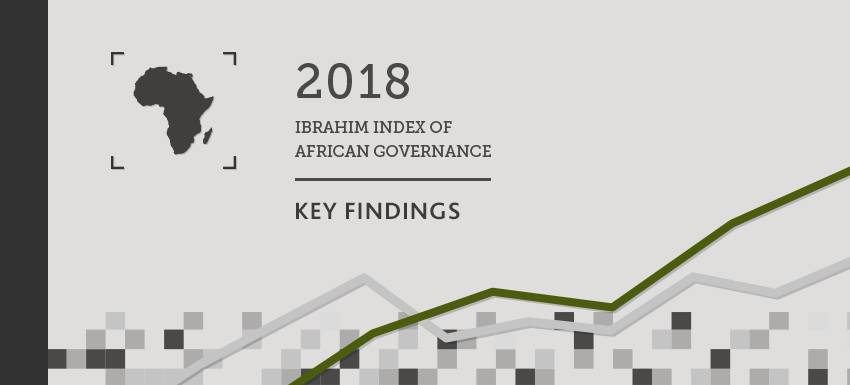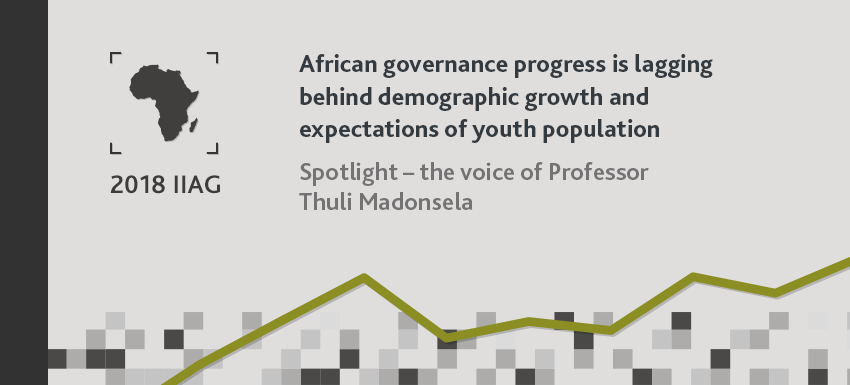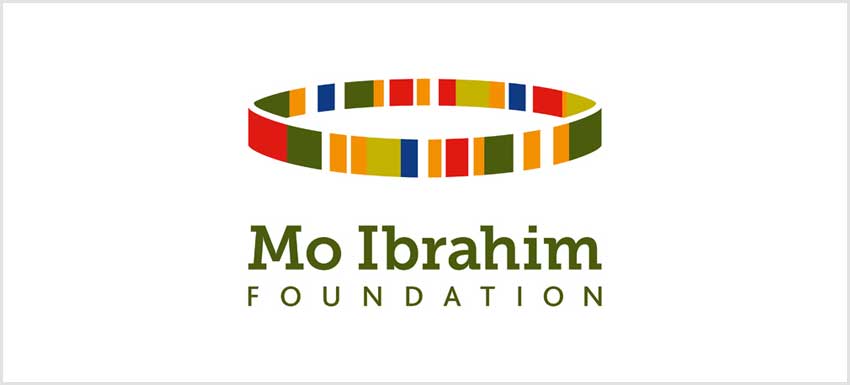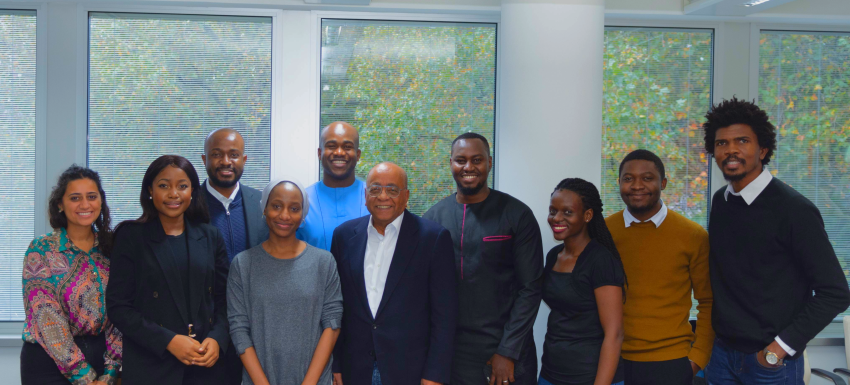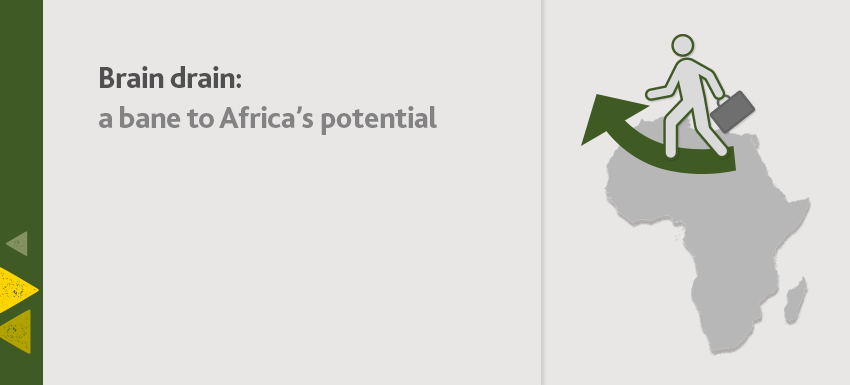On Monday, 29 October we released the 2018 IIAG. Results confirm that Africa is a diverse continent with many unique countries that show a variety of performances and trends, but there are some broader continental trends highlighted by the findings.
So, what are key findings coming out of this year’s IIAG?
African governance progress is lagging behind needs and expectations of growing population
In particular, governments have struggled to translate economic growth into improved Sustainable Economic Opportunity for their citizens. The Sustainable Economic Opportunity category in the IIAG measures the extent to which governments enable their citizens to pursue economic goals and provide the opportunity to prosper. Since 2008, the African average score in this category has increased by only +0.1 point, meaning it remains the Index’s worst performing and slowest improving category.
This is a striking statistic when compared to the fact that over the same period, Africa’s combined GDP increased by nearly 40%. Of course, not all countries show a lack of progress, but almost half (43.2%) of Africa’s citizens live in one of the 25 countries where Sustainable Economic Opportunity has declined in the last ten years.

The almost stagnant Sustainable Economic Opportunity trend also strikes a concerning contrast with demographic growth and youth expectations. Africa’s population has increased by 26.0% over the last ten years and 60% of the continent’s 1.25 billion people are now under the age of 25.
Notably, the IIAG results show there is very little correlation between the size of a country’s economy and its performance in Sustainable Economic Opportunity. In 2017, four of the ten countries with the highest GDP on the continent score below the African average score in this category and sit in the lower half of the rankings, while two of the smallest economies on the continent reach the 5th and 6th highest scores in providing Sustainable Economic Opportunity for their citizens. Similar results are seen when comparing GDP per capita and Sustainable Economic Opportunity scores

Declining Business Environment and Education run counter to the growing working age population
The lack of substantial progress in Sustainable Economic Opportunity is mainly driven by a sizeable deterioration in Business Environment (-4.9). In a context where the working age population (15-64) on the continent is expected to grow by +27.9% over the next ten years, Africa’s declining Business Environment is worrying. The African average score of 41.1 is the lowest for this sub-category in ten years and underscores the weak foundations for a large number of African countries to be able to provide decent jobs to their ever-growing working age populations. Africa’s average decline in the Satisfaction with Employment Creation indicator, which assesses the extent to which the public are satisfied with how the government is handling creating jobs, makes this one of the lowest scoring indicators in Sustainable Economic Opportunity.
Considering Africa’s youth population (under 25 years of age) statistics, a demographic expected to increase by almost 20% in the next decade, it is also concerning to see the recent downturn of the African average score for Education. Education scores have fallen in half of the 54 African countries in the Index over the last five years. This corresponds to 52.8% of Africa’s youth population.

Though enrolment levels are higher, deterioration is driven by average decline over the decade in the indicators Satisfaction with Education Provision (-9.0) and Education Quality (-3.3), and worsened by the downturn recently appearing in Alignment of Education with Market Needs which has deteriorated by -0.8 over the last five years.
Africa’s growing number of citizens also need better rights and participation. Progress in Participation & Human Rights has been made and almost four out of five of Africa’s citizens (79.6%) live in countries that have progressed in this dimension over the last decade. However, an increased number of free and fair executive elections has not always translated into a better participatory environment. On average, citizens’ political and civic space in Africa is shrinking, with worsening trends in indicators measuring Civil Society Participation, Civil Rights & Liberties, Freedom of Expression and Freedom of Association & Assembly.
Welcome progress in other areas, such as Rule of Law and Transparency & Accountability, which are key to sound governance performance
Whilst the more concerning trends always stand out more, there are many positives to come out this year’s Index. Over the last decade, Overall Governance in Africa has on average maintained a moderate upward trajectory, with three out of four of Africa’s citizens (71.6%) living in the 34 countries where governance has improved. This is driven by strong progress in Health, the most improved sub-category in the IIAG in the last decade, with indicators measuring Antiretroviral Treatment (ART) Provision (+36.3), Absence of Child Mortality (+15.5), and Absence of Communicable Diseases (+7.3) featuring among Africa’s most improved in the IIAG. Gender and Infrastructure scores are also going from strength to strength.
[su_highlight]Rule of Law and Transparency & Accountability have also begun to register welcome progress, though more needs to be done in the latter as it remains the worst performing sub-category on average.[/su_highlight]
Progress in these two is welcome, however, as the IIAG results confirm that Rule of Law and Transparency & Accountability are key pillars of good governance, these two sub-categories show the strongest correlations with Overall Governance scores in Africa; strong performance in these areas are the most common components of countries that perform well. Transparency & Accountability is also strongly related to the Sustainable Economic Opportunity category and Business Environment sub-category, indicating that improvements in these areas will support progress and economic opportunity in Africa.


These are only the highlights from a vast dataset with almost 150,000 data points for 54 countries across a decade. Explore them for yourself at iiag.online.
